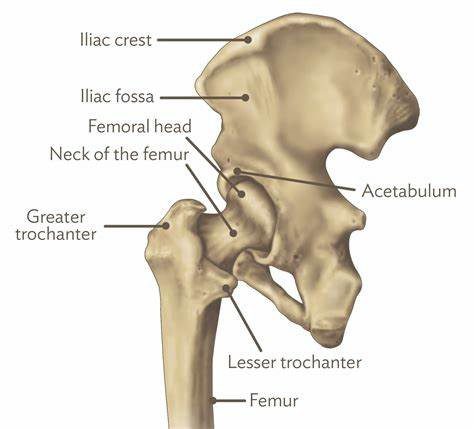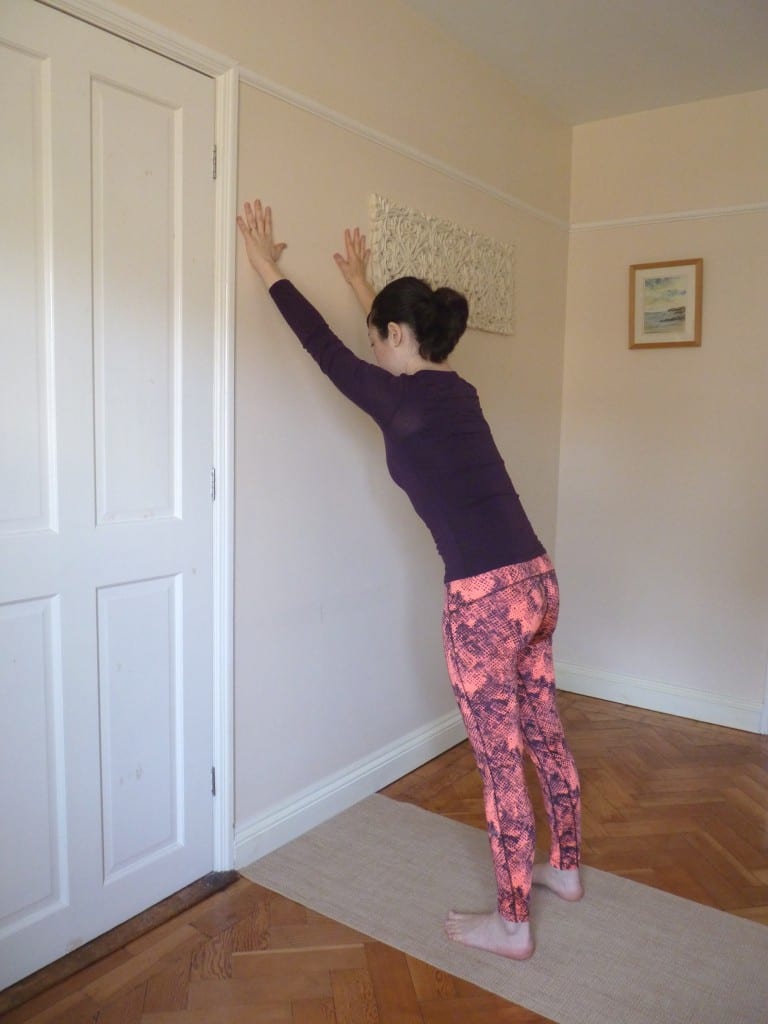If you’re struggling with tight hamstrings in forward bends you’re not alone. Please see Part One for how to release the hamstrings first.
If you’re very flexible or hypermobile, please also read on – your sitting bone ligaments, tendons, bursae and your sacro-iliac joints may well benefit from your loving attention too, not to mention your nervous system.
There are two short videos below (of my personal practice) for each of these scenarios.
With countless forward bends in yoga, whether in standing, seated, inversions or arm balances, it may seem that there’s no escape. Everyone can, in fact, enjoy these beautiful poses. They are also perfect for the scattered energy of autumn.
As well as physical safety, what I’d really like to share is the quality of forward bends. There is a humility and reverence in their introversion. They feel and look like an offering or a bow, perhaps to the light within that is our deepest connection with all life and with the divine. And perhaps they remind us of our relationship with the earth, as we find ourselves closer to it. These poses offer peacefulness; respite from the tensions of the day and from a busy mind.
This post focuses on standing forward bends. This is how we begin with them in asana practice, and it provides the healthy patterns and foundation for other orientations. Know too, that if standing on your head isn’t currently for you, forward folds offer some of the same wonderful benefits.
Contraindications: eye conditions, hiatal hernia, a disc injury, menstruation, the third trimester of pregnancy. Restorative versions may be an appropriate alternative.
A little anatomy of movement

Image: nahealth.com
You’ve probably heard in class to fold forwards from the hip joints, rather than rounding from the waist or back to enter the pose.
It’s worth being aware that the hip joint is angled slightly forwards (about 15% in adults). As you can see above, the neck of the femur and greater trochanter are slightly anterior to the hip joint (acetabulum and femoral head).
In a healthy forward bend, the pelvis rotates up and over the heads of the femurs (the thigh bones) and the spine is then free to flow, like water from a tilted jug. This action maintains the natural lumbar curve, or arch, as we enter and exit the poses. Otherwise, strain is placed on the intervertebral discs of the lower back, which is already a vulnerable area for many.
In the static pose, however, the lumbar has its natural, gentle flexion (rounding).
Toes in
To enable this, the toes of the feet are turned slightly inwards. If you place the outer edges of the feet parallel with the adjacent edges of your yoga mat, the legs appear (and feel) slightly internally rotated. The knees are straight, so please take blocks for the palms and raise the floor if needed – it’s irrelevant how ‘big’ the pose is. Our weight is at the front edge of the heels.
If you try the opposite – turning your feet out slightly and bending forwards, you’ll find that you are blocked at a certain point and there may be discomfort in the lower back. The ability of the pelvis to rotate over and around the heads of the femurs is inhibited.
If we stay in the pose with bent knees, this pulls on the hamstrings at the sitting bones and contracts them at the knees (the two attachment points). This flexing of the knees shortens the hamstrings overall, so it doesn’t help in the long-term. (Bending the knees for the hands to momentarily touch the floor in sun salutation transitions is a different matter.)
In the video below, I share a helpful tip for the hands at the tops of the thighs to support this action as we enter uttanasana, standing forward bend.
Feeling a sensation of stretch in the hamstrings
This should always be in the belly of the muscle, not at the ends (at the attachment points to bones). Please use your discernment to exit or back off according to the intensity of the sensation.
If you’re very flexible or hypermobile
There can be a tendency here to overdo, often without realising it: the ribs flare out, the chin is lifted, and the back takes a backbend (especially the lumbar) as we swan dive into the pose. Swan diving disconnects the abdominals and places load on the intervertebral discs, while externalising our energy and attention. The legs sway back on hyperextended knees without muscular engagement. The sitting bones lift, and our weight is way back in the heels. In the pose, the sacrum appears flat or straight, rather than gently rounded. Over time, this leads to pain and possibly tissue tears at the sitting bones and/or the sacro-iliac joints.
If you recognise any of this in yourself, might you also notice how tense or (ironically) tight the pose feels overall?
In the video below I offer some suggestions for flexible yogis in prasarita padottanasana. Please note that for some forms of hypermobility it may be more appropriate to take a smaller pose with the use of props.
It takes time to re-pattern our movement, but the feeling and the residue of practice are transformed. Old habits eventually just feel wrong on all levels, rather than our having to think about what to adapt.
When standing forward bends are a real struggle
If the backs of the legs (and deep rotators of the hips, beneath the glutes) just feel incredibly tight and/or you’re experiencing lower back discomfort, a way forward is to practice a smaller adho mukha svanasana (downward facing dog) with hands against a wall.

You can then progress to the traditional inverted V with hands on the floor, with straight legs. This process establishes flexibility, strength and a number of patterns that are helpful in preparing for forward bends, physically, mentally and emotionally.
In standing poses, a wide-legged standing forward bend is less demanding of the hamstrings that one in which the feet are hips-width apart.
Welcoming pratyahara into our practice and life
I always remember the description and feeling of kurmasana (tortoise pose), which involves a very deep forward fold. The Upanishads speak of a tortoise withdrawing its limbs, as the senses lose interest in the outside world and turn inwards, no longer disturbing or dominating us. This is how we begin to enter vastness, stillness or consciousness. In my early experiences of the pose, I felt claustrophobic, fearful even, and then one day an ease came to me in the depths of the pose’s introversion, when the body seems to disappear and the mind certainly does.
Contentment with the pose, and with ourselves
As ever, the size or physical depth of the pose we practice is not of greatest importance. Quality of experience and intention are, as is gentleness towards ourselves when limitations and agitation arise. There is effort (applied focus), but no forcing or grasping.
The slightest inclination is a bow, and it’s a forward bend in yoga. We can all enjoy these poses and their greater, heartfelt significance.
May this be supportive to you.
If you would like help with forward bends, hypermobility or asana in general, please contact Carol.